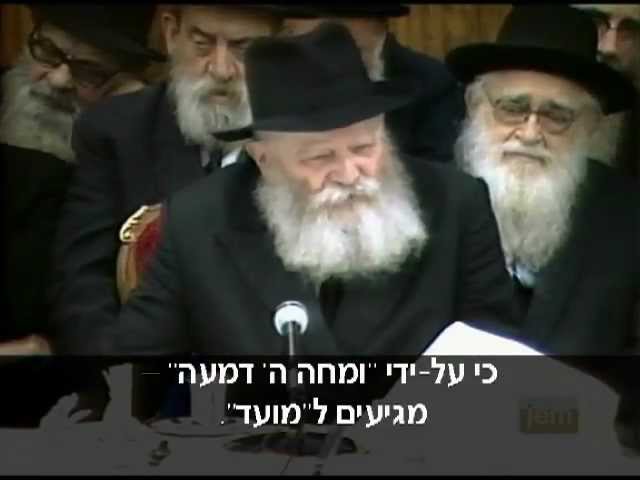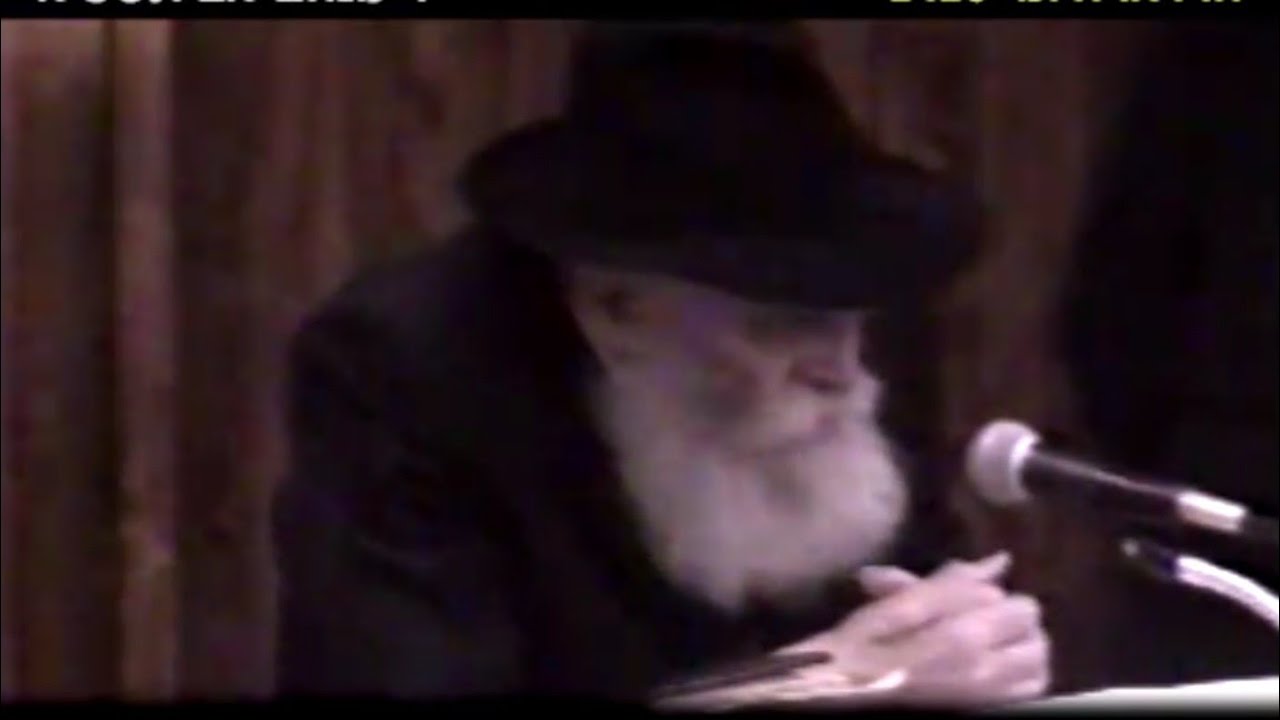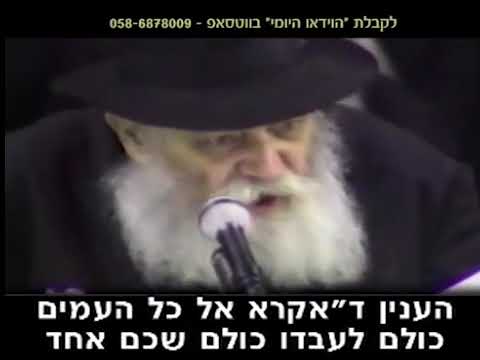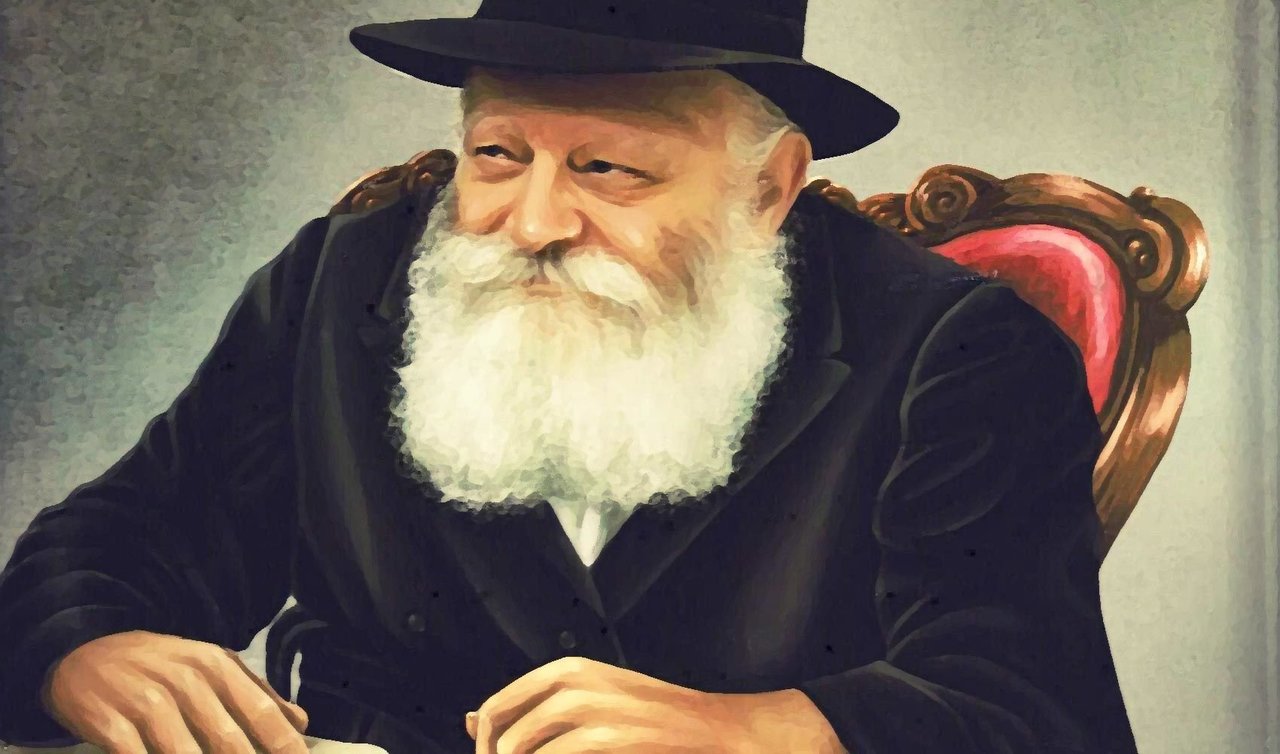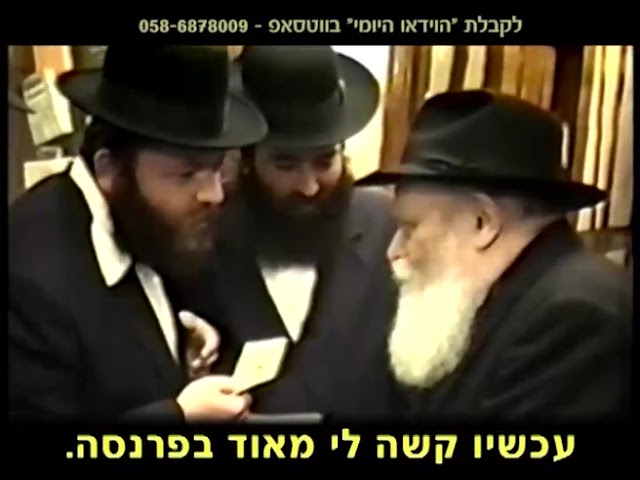מורשת גדולי האומה
בזכותם קיים
beta
Rabbi Menachem Mendel Schneerson (The Lubavitcher Rebbe)
Rabbi Menachem Mendel Schneerson (traditional spelling: Menachem Mendel Schneerson), born on the 11th of Nissan, 1902 (April 18, 1902), and passed away on the 3rd of Tammuz, 1994 (June 12, 1994), was the seventh and final Rebbe (spiritual leader) of the Chabad-Lubavitch Hasidic dynasty, serving from the 10th of Shevat, 1951 (January 17, 1951) until his passing. He is commonly referred to as the Lubavitcher Rebbe, and within the Chabad community, simply as "the Rebbe," to distinguish him from previous Chabad Rebbes who are sometimes referred to as the Rama"m.
Early Life and Education
Rabbi Menachem Mendel Schneerson was born in the city of Mykolaiv, which was part of the Russian Empire, as the eldest son of Rabbi Levi Yitzchak Schneerson and Chana Schneerson (née Simon). On his father's side, he was a descendant of the Tzemach Tzedek, the third Rebbe in the Chabad dynasty, and he was named after him. His mother was the daughter of the city's rabbi, Rabbi Meir Shlomo Yanovsky.
During his childhood and youth, he primarily studied under the guidance of his father. In 1909, at the age of seven, he moved with his family to the city of Yekaterinoslav (now Dnipro, Ukraine) when his father was appointed as a rabbi there. Rabbi Schneerson Sr. hired a private tutor, Rabbi Isser Nissan Derlin, to teach his son for a year, during which he studied Chumash with Rashi, Tanakh, Mishnah, and Gemara for over four and a half years, from the age of seven to twelve. Later, his father engaged Rabbi Derlin to continue teaching him at their home. Most of his time was spent immersed in Torah study, Kabbalah, and Chassidut.
In 1919, at the age of seventeen, his father encouraged him to also pursue secular studies alongside his Torah studies. He registered himself for secular studies and received guidance in these subjects from Israel Bar-Yehuda, who served as the director of the municipal gymnasium in Yekaterinoslav. Rabbi Schneerson assured Bar-Yehuda that he would dedicate sixteen hours a day to sacred studies, with the remaining hours being devoted to independent secular studies at home.
In Sukkot of 1922, he met his future father-in-law, Rabbi Joseph Isaac Schneersohn of Lubavitch, the sixth Rebbe in the Chabad dynasty, for the first time. During that summer, Rabbi Schneerson was invited to the resort town of Kislovodsk, where he stayed with Rabbi Schneersohn's family, as they intended to arrange a match between him and their daughter, Chaya Moussia Schneersohn. This marked the beginning of his close connection to the Schneersohn family. A year later, he received rabbinical ordination from his maternal uncle, Rabbi Shmuel Schneersohn. He began attending the University of Berlin as an auditing student in mathematics and engineering during his final years in Europe, according to his father-in-law's wishes.
In November 1926, he also enrolled at the University of Berlin and studied mathematics, philosophy, and natural sciences while simultaneously studying at the Chabad Rabbinical Seminary founded by Rabbi Ezriel Hildesheimer. He received rabbinic ordination from Rabbi Chaim Yaakov Winkler, the head of the institution. His primary financial support came from his father, but when his father's financial situation deteriorated, he was also supported by his father-in-law during his time in Berlin and Paris. In 1928, he left the Soviet Union and moved to Berlin.
From 1928 to 1932, he pursued academic studies at the Humboldt University of Berlin, focusing on mathematics and the philosophy of nature. He also studied at the Hildesheimer Rabbinical Seminary, where he earned his rabbinic ordination. He combined his studies at the university with independent Torah study, including physics, in the Sorbonne in Paris. During his time in Berlin and Paris, he authored Torah novelties and customs observed in his father-in-law's court, which were later discovered in notebooks he left in his room and published as "Reshimot."
In June 1940, fleeing the Nazis, he moved from Paris to Vichy France. In August 1940, he fled again to Nice, as Vichy France was under Nazi control. In June 1941, he escaped via Lisbon on a Portuguese-flagged ship to the United States. He arrived in New York City on the 28th of Sivan, 5701 (July 9, 1941), where he joined his father-in-law, Rabbi Joseph Isaac Schneersohn, who was residing at the Chabad World Headquarters, 770 Eastern Parkway, Crown Heights, Brooklyn. Upon his arrival, three distinguished Chassidim were sent by his father-in-law to welcome him, saying, "If you want to know who my son-in-law is, he is well-versed in both Babylonian and Jerusalem Talmuds, the Rif, Rosh, and Rambam. He corrects the text of the prayers every night and is well-versed in all the 'Likutei Torah' with the comments."
After his arrival in New York, he was appointed to lead the central institutions that he had founded, including the educational arm and the organization of Camp Gan Israel. In 1953, he was appointed as the director of Kehot Publication Society, and in 1955, he became its senior editor. In that year, he published his first book, "Hayom Yom."
Leadership and Legacy
In 1950, following the passing of his father-in-law, Rabbi Schneerson was reluctant to assume the role of Rebbe. Initially, his older brother-in-law, Rabbi Shmuel Gurary, was considered as a potential candidate. However, as time passed, more and more people turned to Rabbi Schneerson, urging him to accept the position. On the 10th of Shevat, 5711 (January 17, 1951), he delivered a discourse that began with the verse "I have come to My garden, My sister, My bride," officially assuming the role of Rebbe.
Rabbi Schneerson's leadership was marked by his dedication to spreading Chassidic teachings, organizing Chabad emissaries and Chabad Houses around the world, and promoting the observance of Jewish mitzvot. He initiated ten campaigns to encourage the performance of specific mitzvot, and his teachings and discourses were published in numerous books throughout his life and after his passing. He is widely regarded as one of the prominent rabbis of his time.
Rabbi Schneerson was also known for his passionate advocacy for the cause of redemption (Geulah). In his later years, many of his Chassidim believed that he was the potential Moshiach (Messiah), although he never confirmed this himself. His teachings and efforts were directed towards hastening the coming of the Messianic era, and he emphasized the importance of performing acts of goodness and kindness to bring about this redemption.
On the 3rd of Tammuz, 5754 (June 12, 1994), Rabbi Menachem Mendel Schneerson passed away. His passing marked the end of his physical presence, but his teachings continue to influence the Chabad-Lubavitch movement and Jewish communities worldwide. Chabad emissaries, known as shluchim, continue to spread his teachings and engage in outreach efforts across the globe.
In recognition of his contributions to Jewish life and learning, he received numerous honors and awards during his lifetime, and his legacy remains a significant part of Jewish history and contemporary Jewish practice.
- מנחם מנדל שניאורסון – ויקיפדיהhe.wikipedia.org


